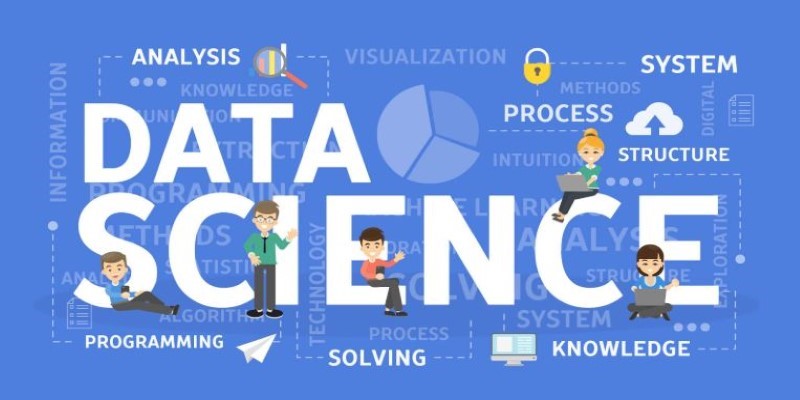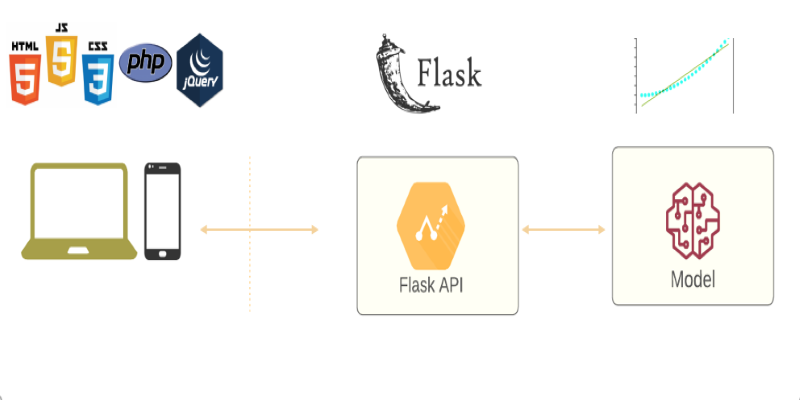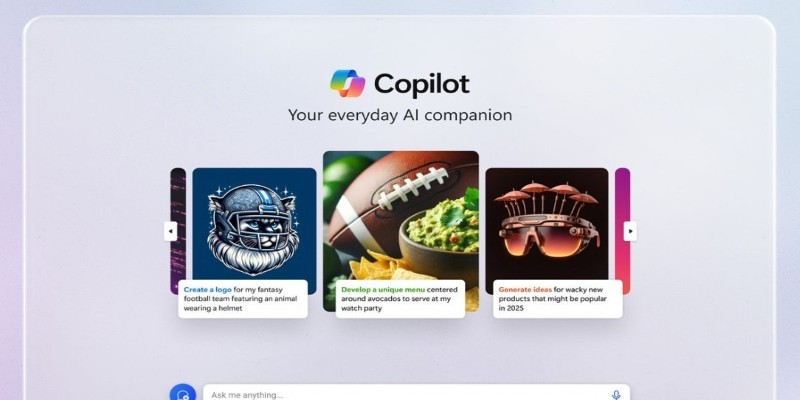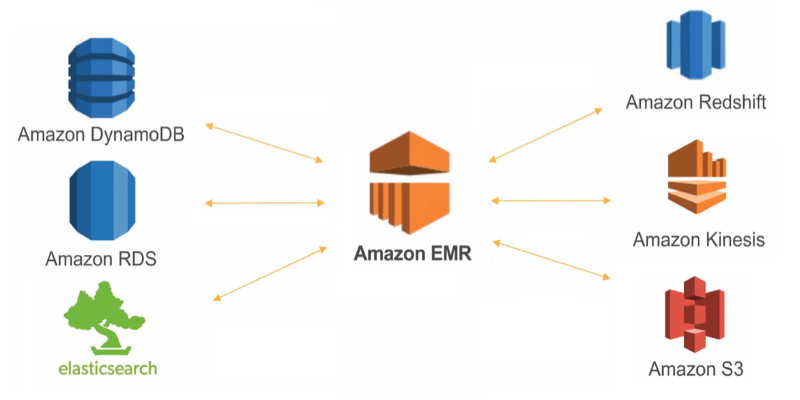Advertisement
Since it lacks structure, it isn't easy to organize unstructured data, including emails, movies, and social media. It's jumbled, without rows or columns. That's why artificial intelligence in content management is so useful today. AI helps organize, filter, and understand scattered data. It enables companies to operate smarter daily and access pertinent information faster. AI techniques help even messy files to be easily searched for and understood. Less time lost and more work accomplished follow from this.
Artificial intelligence changes how data is used across various sectors, from health records to feedback forms. It increases accuracy, boosts speed, and enables businesses to flourish. AI makes systems smarter and enables teams to concentrate on the priorities most important. With AI technologies working, content gets clearer, decisions are simpler, and work moves faster.

Unstructured data refers to content without a fixed structure, such as text, images, audio, emails, and PDF files. It makes up over 80% of corporate data but doesn't fit into traditional databases. It makes finding, searching, or manually organizing difficult. Many businesses dismiss it as handling it takes too much time. However, this unstructured data can reveal customer preferences or areas where services might be strengthened. It contains strong ideas that are just ready to be released.
Companies need smart tools like artificial intelligence to control it properly. AI sorts, reads, and quickly makes meaning of this data. It saves time, reduces mistakes, and maintains flawless workflow. AI also detects trends people would overlook and makes faster, wiser decisions. Used properly, it enables teams to move quickly and produce better outcomes. Though untidy, unstructured data is valuable and strong for smart planning and corporate performance under artificial intelligence.
Artificial intelligence uses natural language processing (NLP) to read and comprehend text like humans. It also learns trends from data using machine learning (ML) to grow wiser over time. These techniques enable artificial intelligence to rapidly identify papers' themes, keywords, and topics. All this happens quickly and accurately, reducing manual work and improving results. It can scan consumer evaluations to identify trends or frequent issues that matter. AI also summarises extensive reports to save time and translates languages. Image tools tag photos; voice tools translate speech into text.
All of this occurs quickly and quite precisely. Less hand labor and greater results follow from this. These smart characteristics make artificial intelligence quite helpful in handling all kinds of content. Companies employ artificial intelligence to remain orderly, save time, and operate more wisely. It's a great tool that transforms jumbled data into easily available, useful knowledge.
AI in content management improves speed, accuracy, and organization while reducing manual work and errors.
Content systems extensively rely on several artificial intelligence capabilities. Every tool serves a unique purpose:

While data management can be challenging, artificial intelligence simplifies data overload, resulting in more unstructured data than ever. By automating data organizing, AI saves time. While manual sorting can lead to human errors, artificial intelligence ensures more accurate data classification. Though privacy is another issue, artificial intelligence offers features that protect private data and prevent leaks. Though initially costly, AI technologies save companies money over time by increasing efficiency.
While older systems may not support new artificial intelligence tools, cloud-based solutions help to close that gap and simplify integration. Notwithstanding these obstacles, artificial intelligence has definite advantages. It lets companies handle data management more precisely and with less effort. From privacy protection to task automation, artificial intelligence is altering business processes. Using its strong tools, companies may better manage data, lower errors, and make quicker, more intelligent decisions.
Effective organization and analysis of unstructured data by AI transform content management. It ensures better decisions, less mistakes, and saves time. Once time-consuming, tools, including text analytics, chatbots, and image tagging, streamline chores. These tools ensure data security and increase output. Though data overload or integration problems are obstacles, artificial intelligence presents useful answers. Automating tasks will free companies to concentrate on development and innovation. AI turns unorganized, chaotic data into insightful analysis that drives success and streamlines processes. AI marks the future of faster, smarter, and more efficient content management.
Advertisement

Explore the most reliable data science platforms in 2025. From notebooks to automated modeling, find the best tools for data science across all skill levels

Discover UiPath's latest update with smarter AI bots, easier bot design, improved integration, and powerful automation tools

Looking for the best AI grammar checkers? This guide lists the top tools to improve clarity, fix errors, and make your writing sharper with ease

Learn how to deploy your machine learning model with Flask in 2025. Step-by-step guide on setting up Flask, testing your API, and making your model production-ready

How to generate and edit DALL·E 3 images step by step using the Copilot Image Creator. Discover how to turn text prompts into stunning visuals and make quick edits—all without design skills

Discover how ChatGPT can revolutionize your cooking routine by offering meal plans, recipe ideas, and even cooking tips based on what’s in your kitchen

Dive into the strengths and weaknesses of open-source AI models and what they mean for innovation.

Learn how artificial intelligence organizes random data, increases output, and drives efficiency throughout content management

Explore machine learning use cases and business benefits from marketing to cybersecurity.

Learn how to access GPT-4 on ChatGPT. Follow these steps to unlock AI features and boost your productivity.

In daily life, inductive arguments transform ideas, guide behavior, and enable intelligent choices grounded on noticed trends

Looking to process massive datasets efficiently? Discover how AWS EMR offers scalable, flexible solutions for big data processing with minimal setup and cost